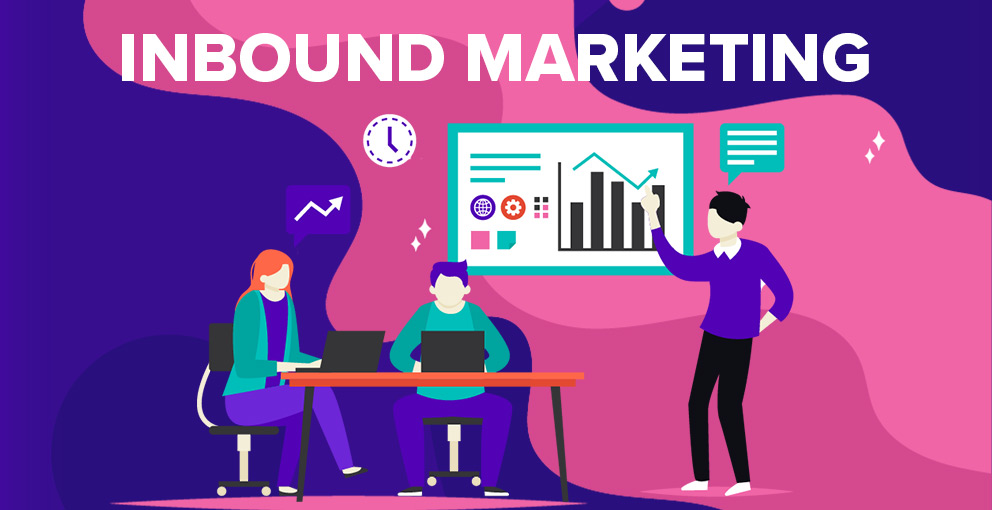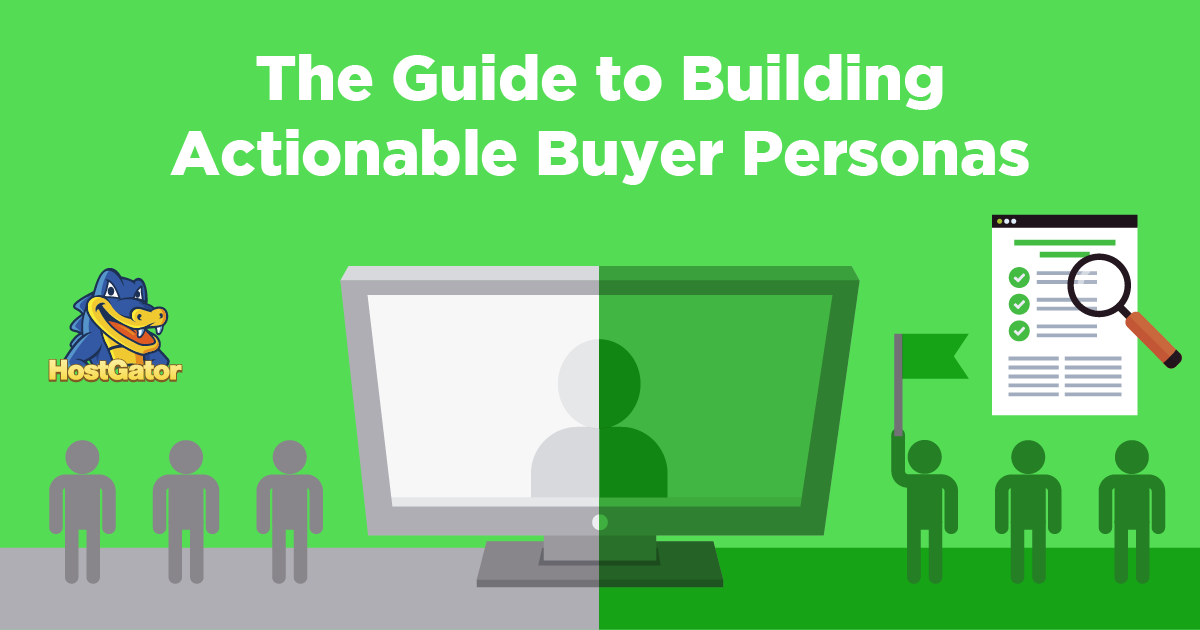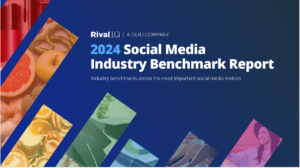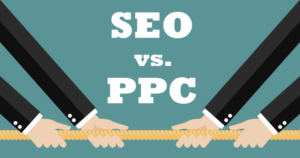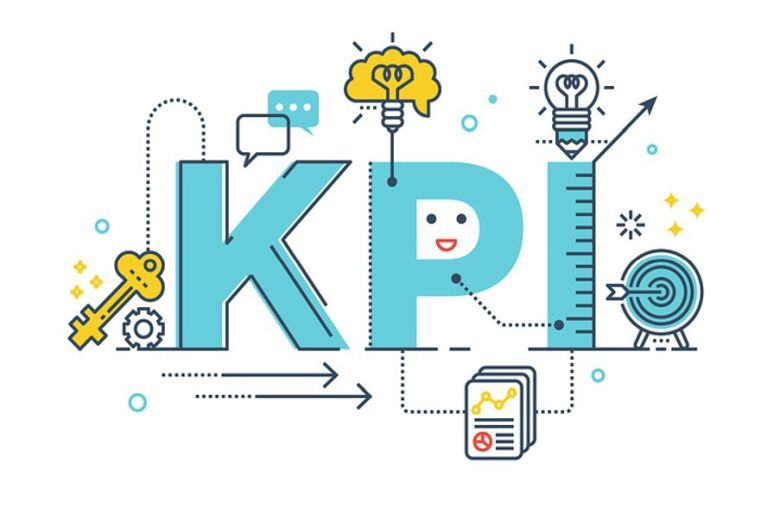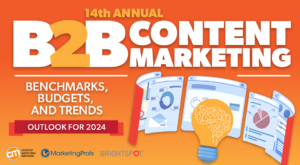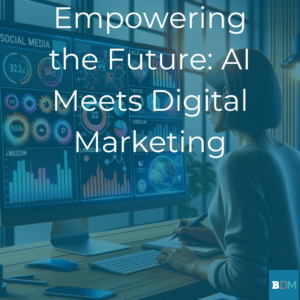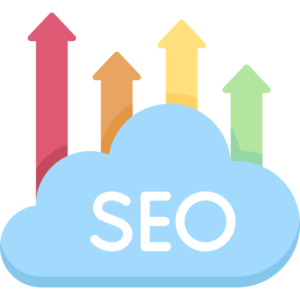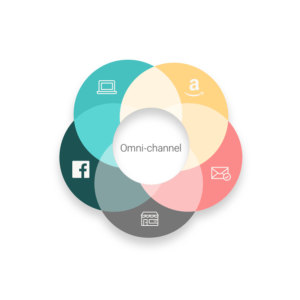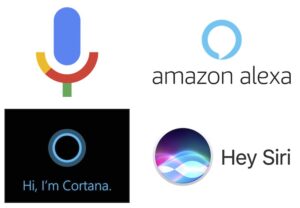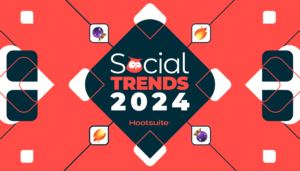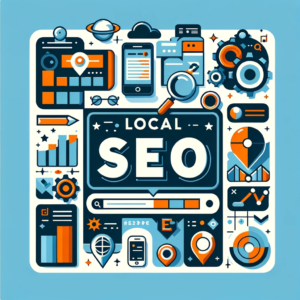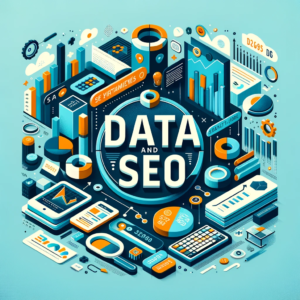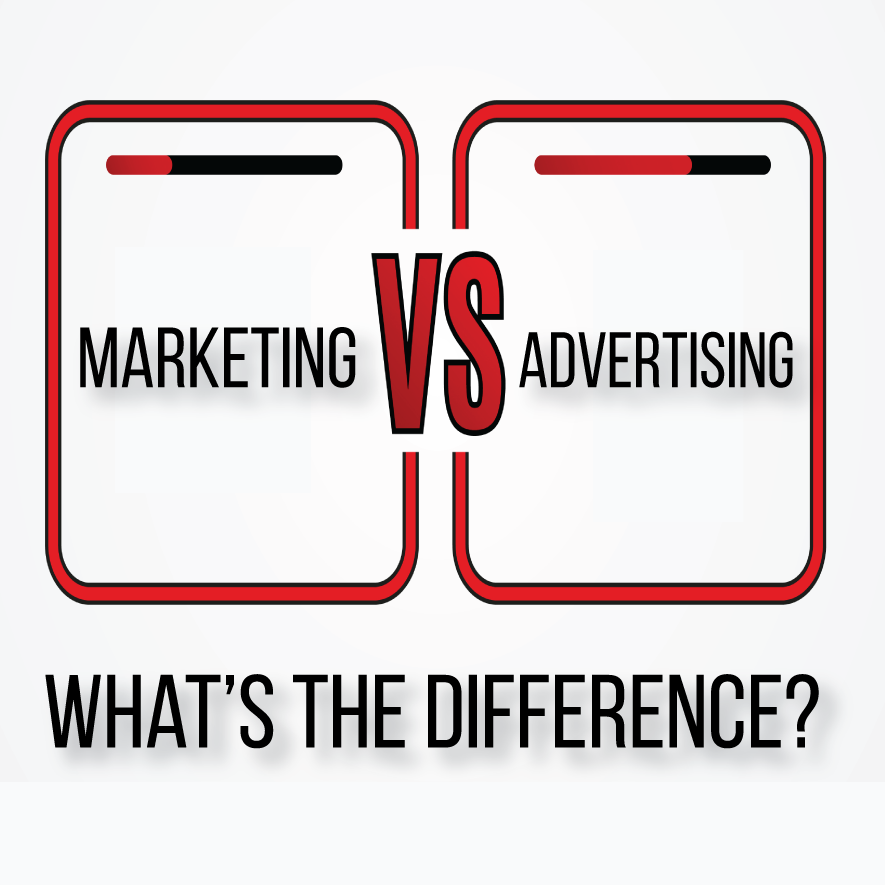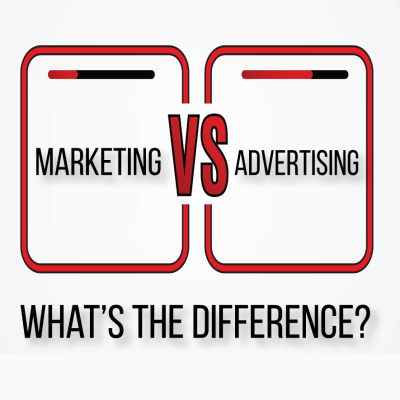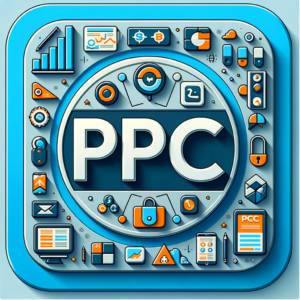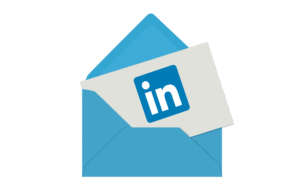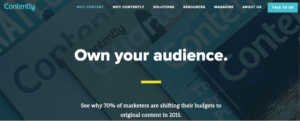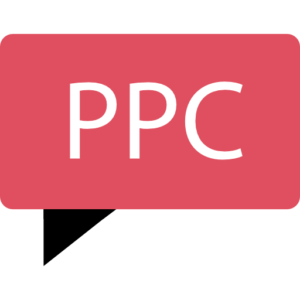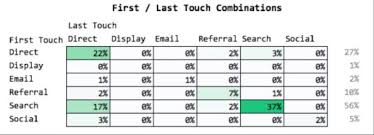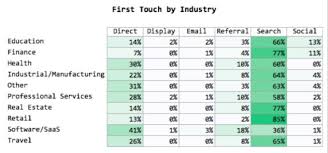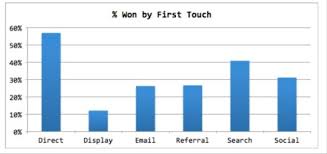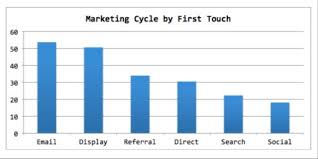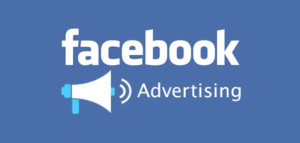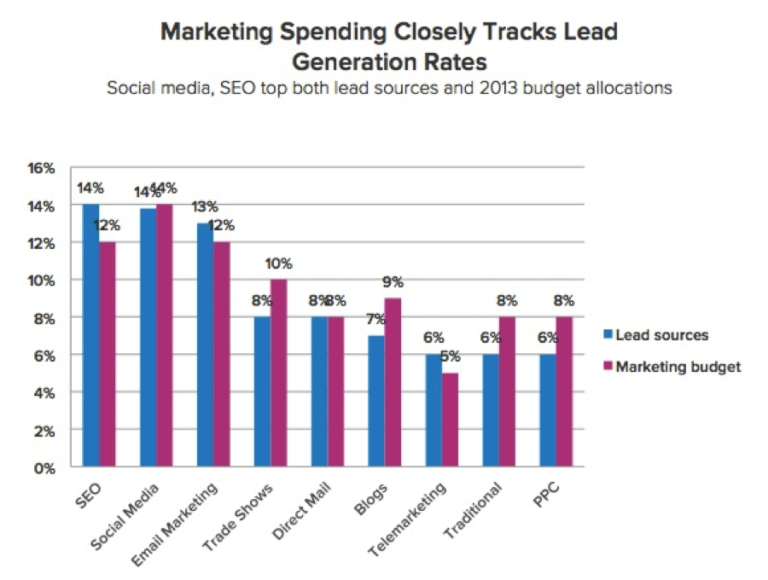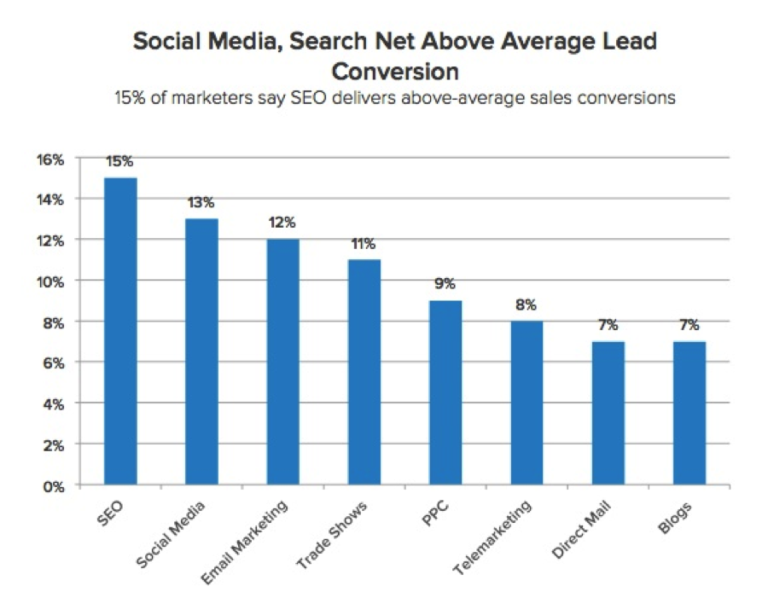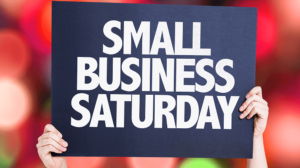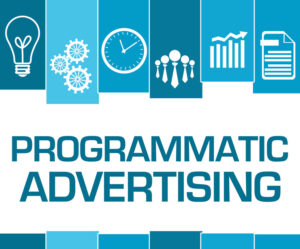Inbound Marketing ROI Unlocks Budget
A 2018 study from Hubspot illustrates that companies see higher ROI as a result of their inbound marketing practices.
A survey of over 6,200 marketing and sales professionals in 99 countries showed that over 53% of marketers see a higher ROI from inbound marketing tactics than from outbound.
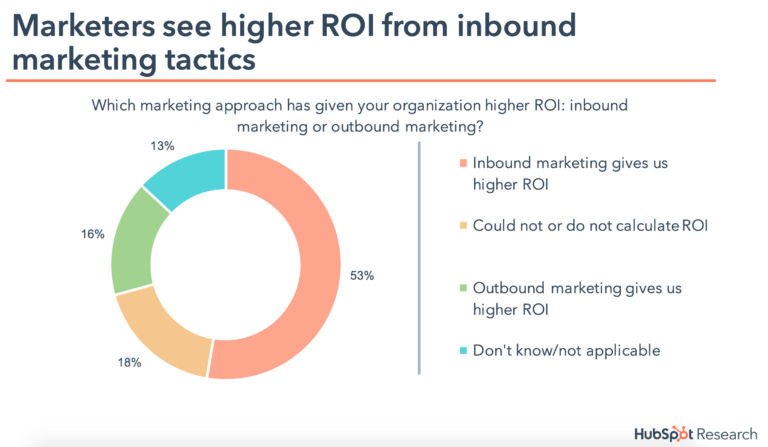
The higher ROI is resulting in higher budgets, with 46% of teams have higher budgets in 2018.
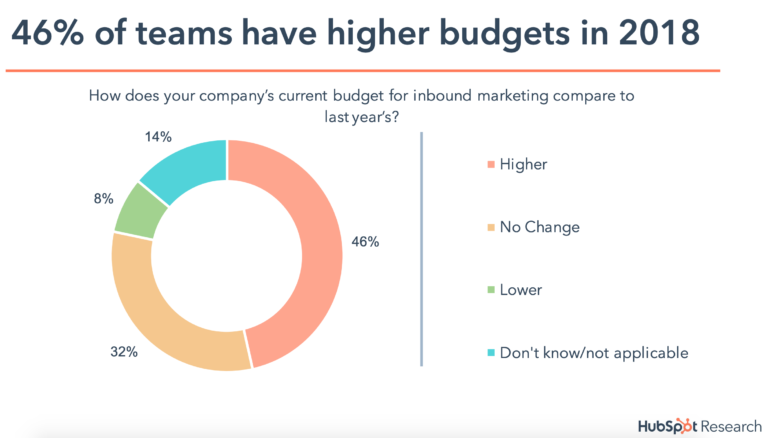
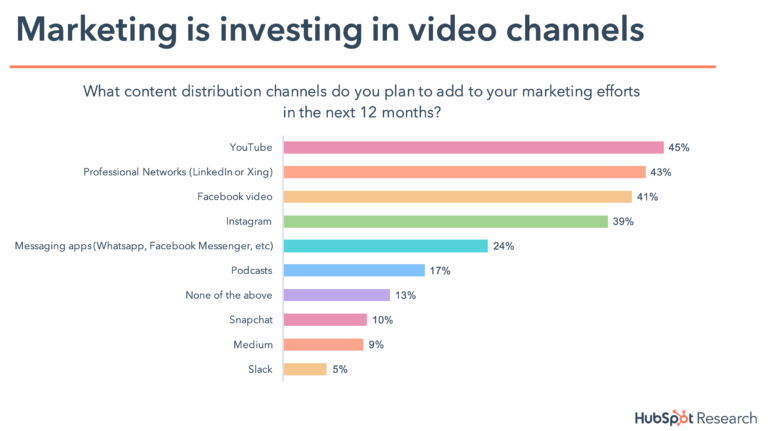
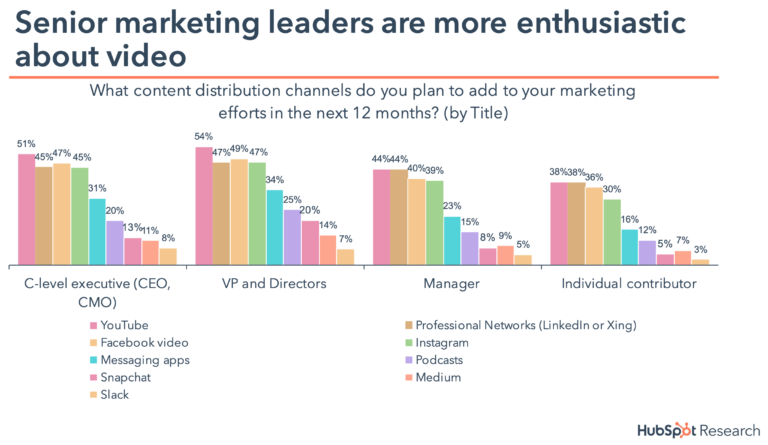
The Inbound Sales Process
The first step to understanding your inbound marketing ROI is to understand what your sales funnel looks like. A typical client inbound marketing funnel looks like this:
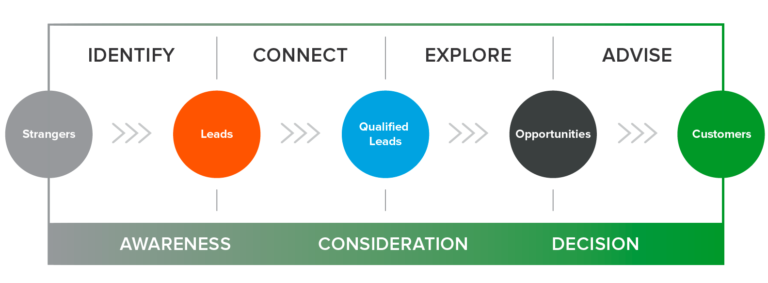
Identify
Identifying the right business opportunities from the start can be the difference between a thriving business and a failing one. Knowing what to look for also helps salespeople create a predictable, scalable sales funnel.
Connect
Inbound salespeople connect with leads to help them decide whether they should prioritize the goal or challenge they’re facing. If the buyer decides to do so, these leads become qualified leads.
Explore
Advise
Inbound salespeople advise prospects on why their solution is uniquely positioned to address the buyer’s needs.
For the three areas (identify, connect and explore), use your analytics data to determine what your average conversion rate is for each category then compare it to the tangible fourth category—advise.
As you go through this process, working backward in some cases, you’ll discover a dollar expenditure that applies to each bucket into which you can split your inbound marketing efforts.
After that, demonstrating ROI is as simple as comparing those numbers to the amount of sales those efforts generated. If the number is positive, then the budget should be increased.
Contact us today and let us work with you to measure the ROI of your inbound marketing efforts.
Recent Posts

Social Media Marketing Strategy
State of Marketing: Social Media Marketing Strategy The 2024 State of Marketing is out and marketers are increasingly targeting buyers who grew up online. As

The Power of Online Reviews for Small Businesses
The Power of Online Reviews for Small Businesses As a small business owner, you may be wondering why online reviews are so important. Online reviews
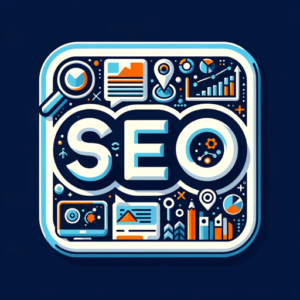
Five Most Important SEO Metrics
The Five Most Important SEO Metrics I recently came across the HubSpot State of Marketing report which showed how companies measure the success of their
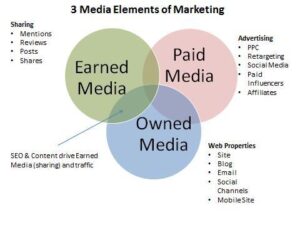
The Three Traffic Sources For Startups
The Three Traffic Sources For Startups I was recently re-reading Randall Stross’s book, The Launch Pad: Inside Y Combinator, Silicon Valley’s Most Exclusive School for

SEO: The Key to Sustainable Business Growth
SEO: The Key to Sustainable Business Growth Search Engine OptimizationIn today’s digital landscape, businesses can no longer afford to underestimate the power of search engine

Vermont Web Design
Springfield802.com Partners with Braveheart Digital Marketing to Enhance Online Presence Springfield802.com, the premier digital platform for Springfield, Vermont, today announced a partnership with Braveheart Digital
